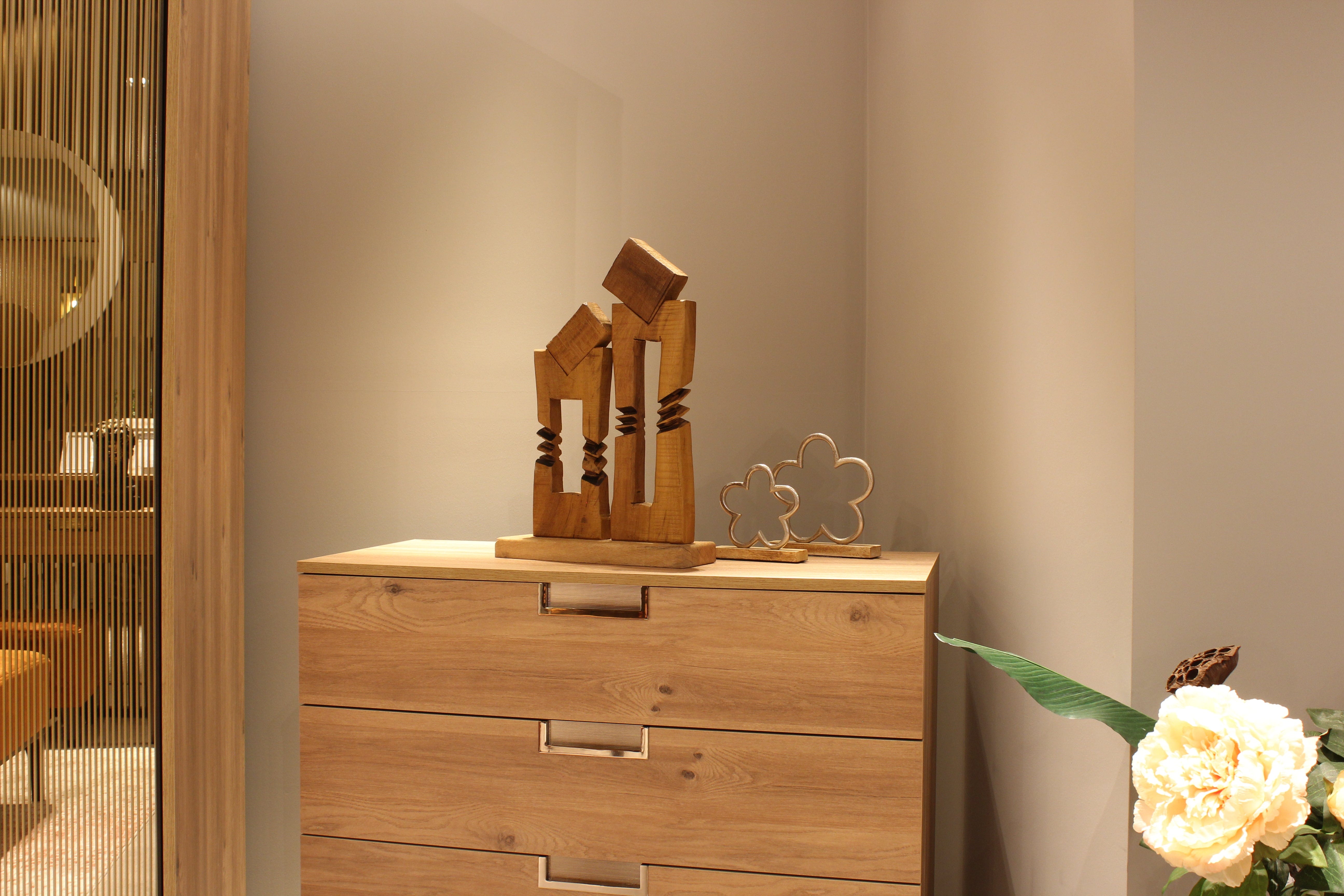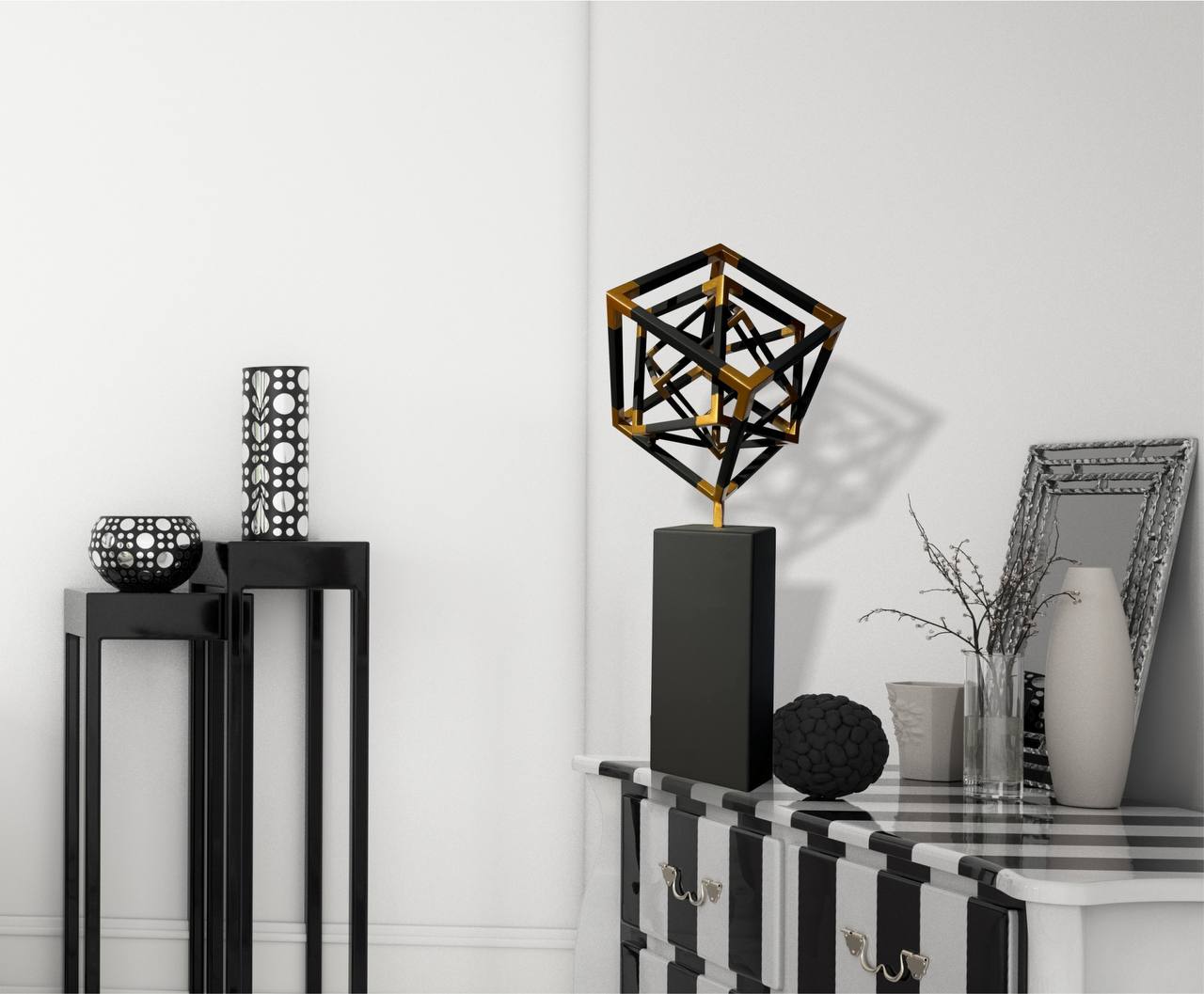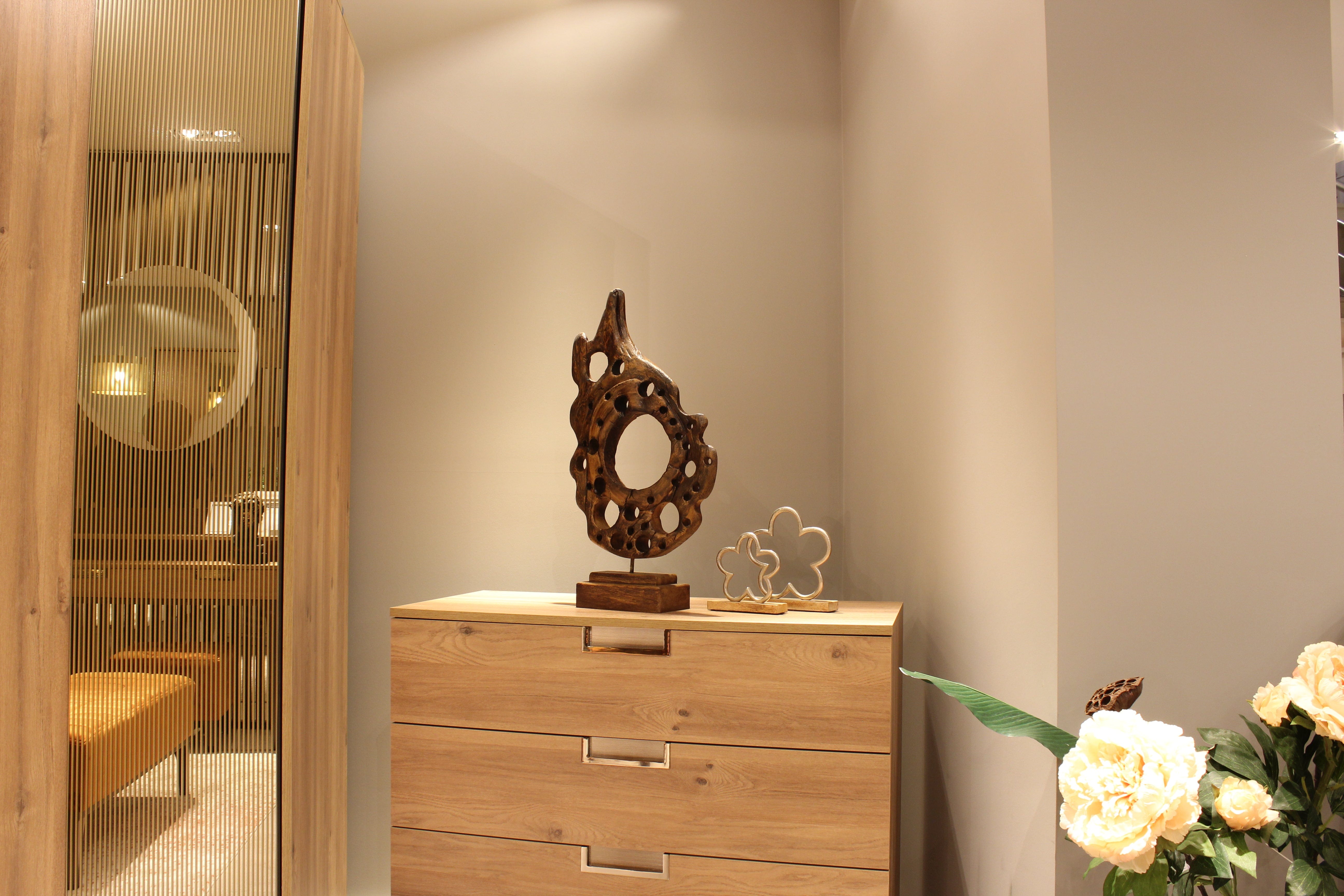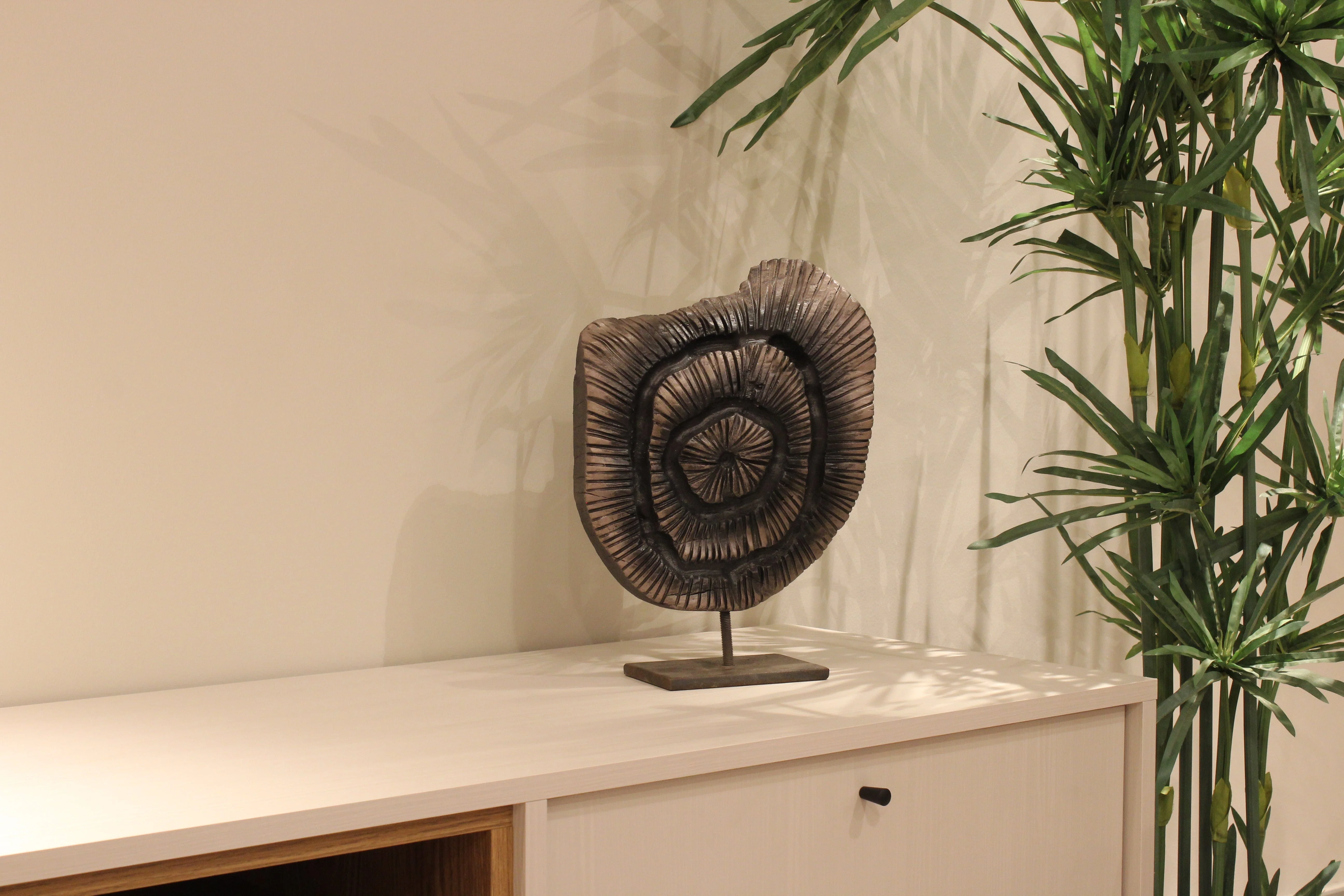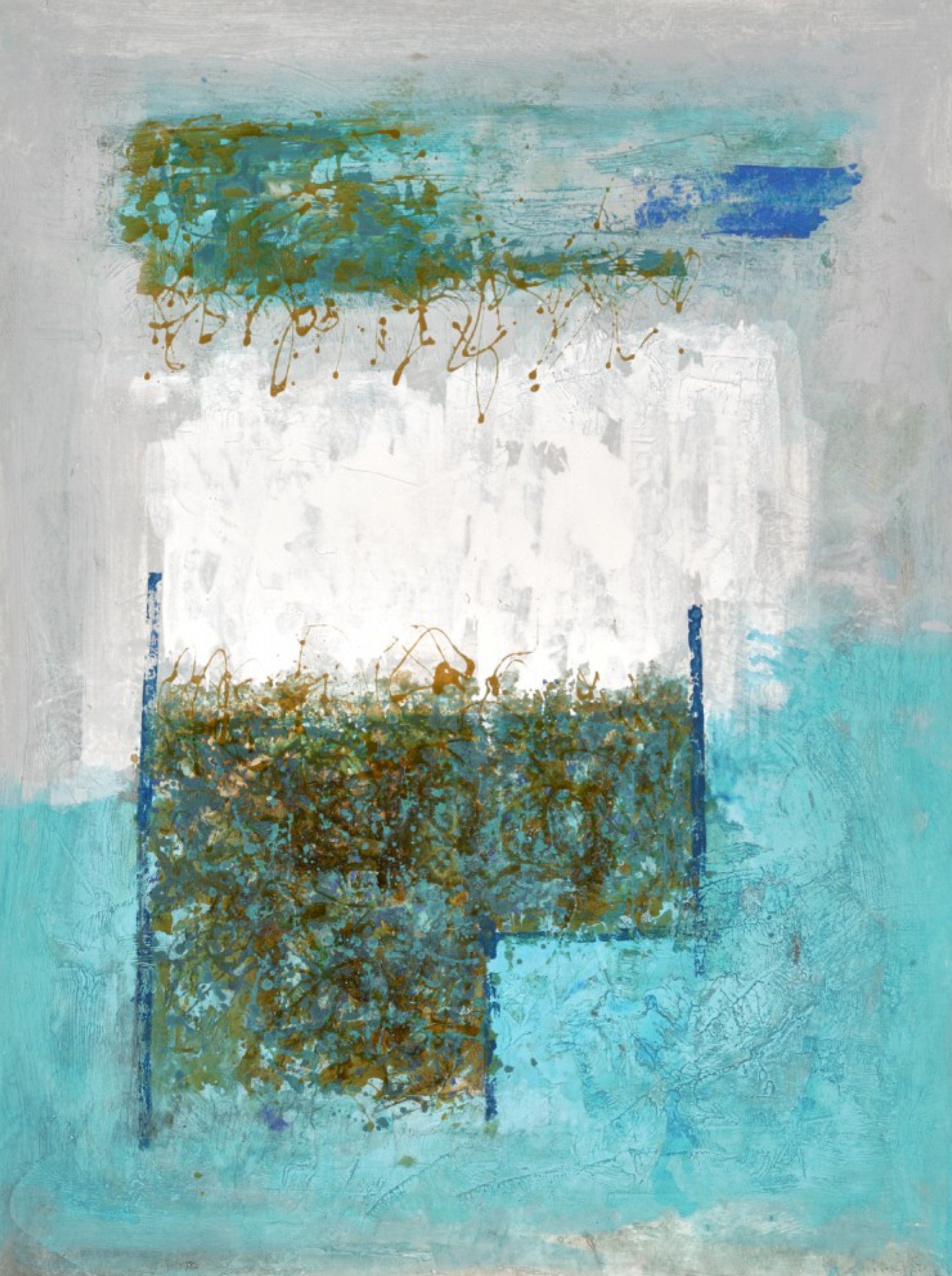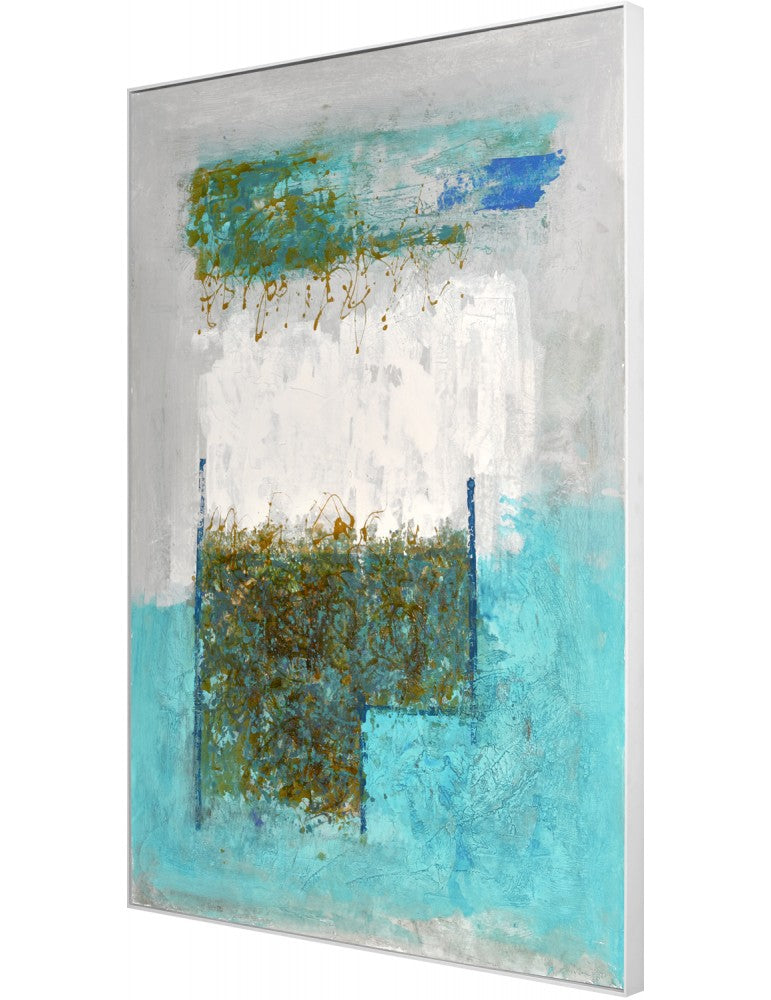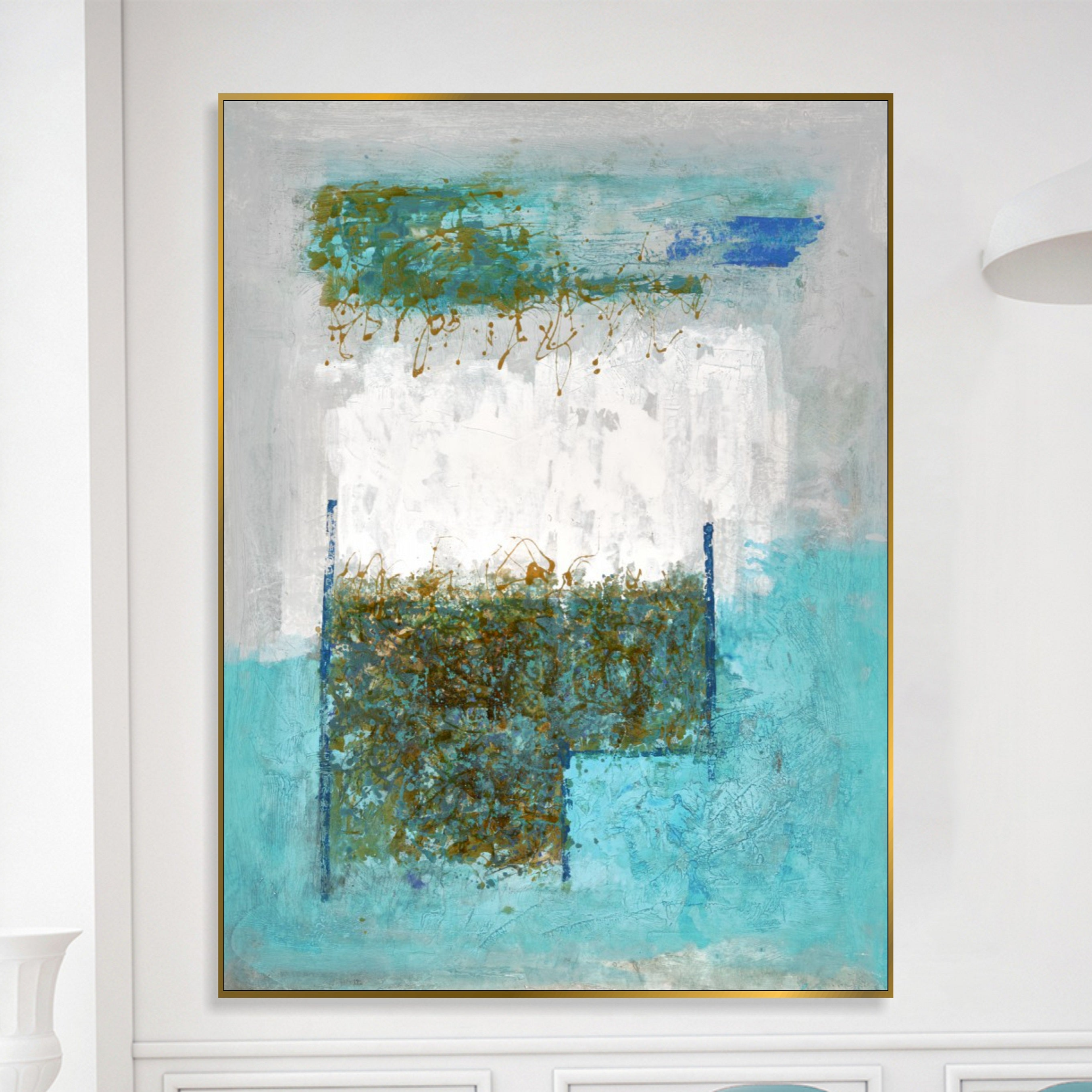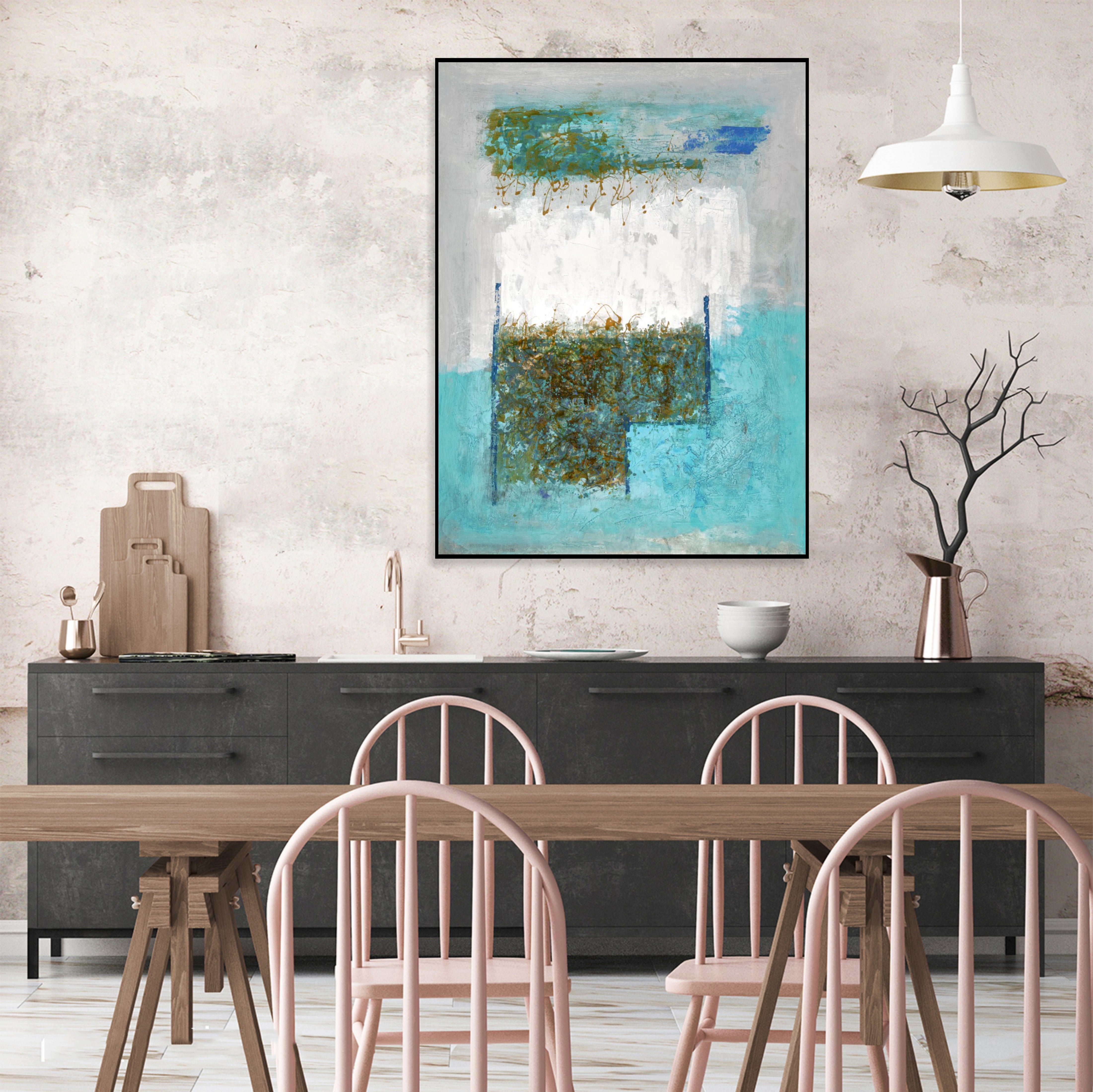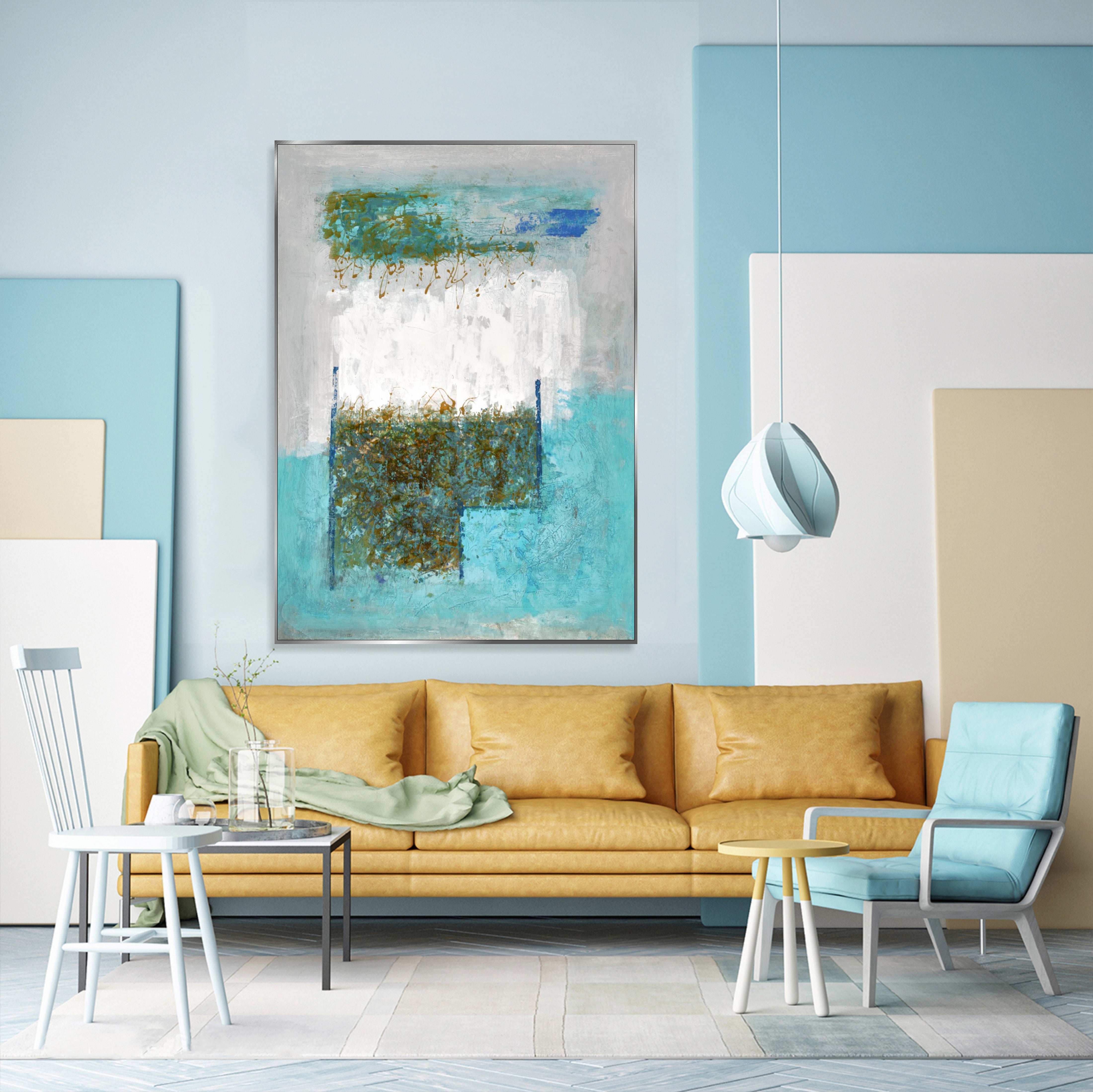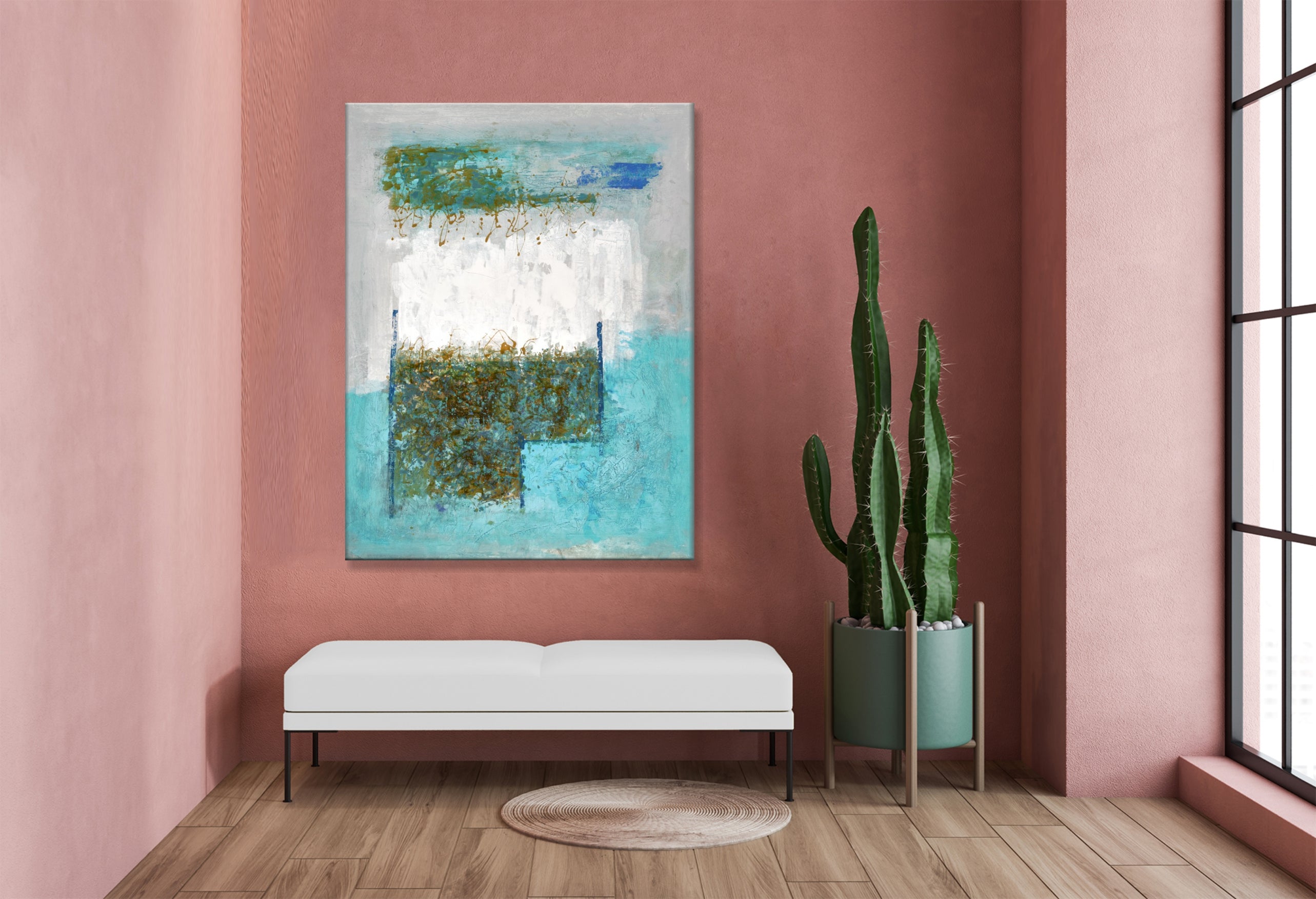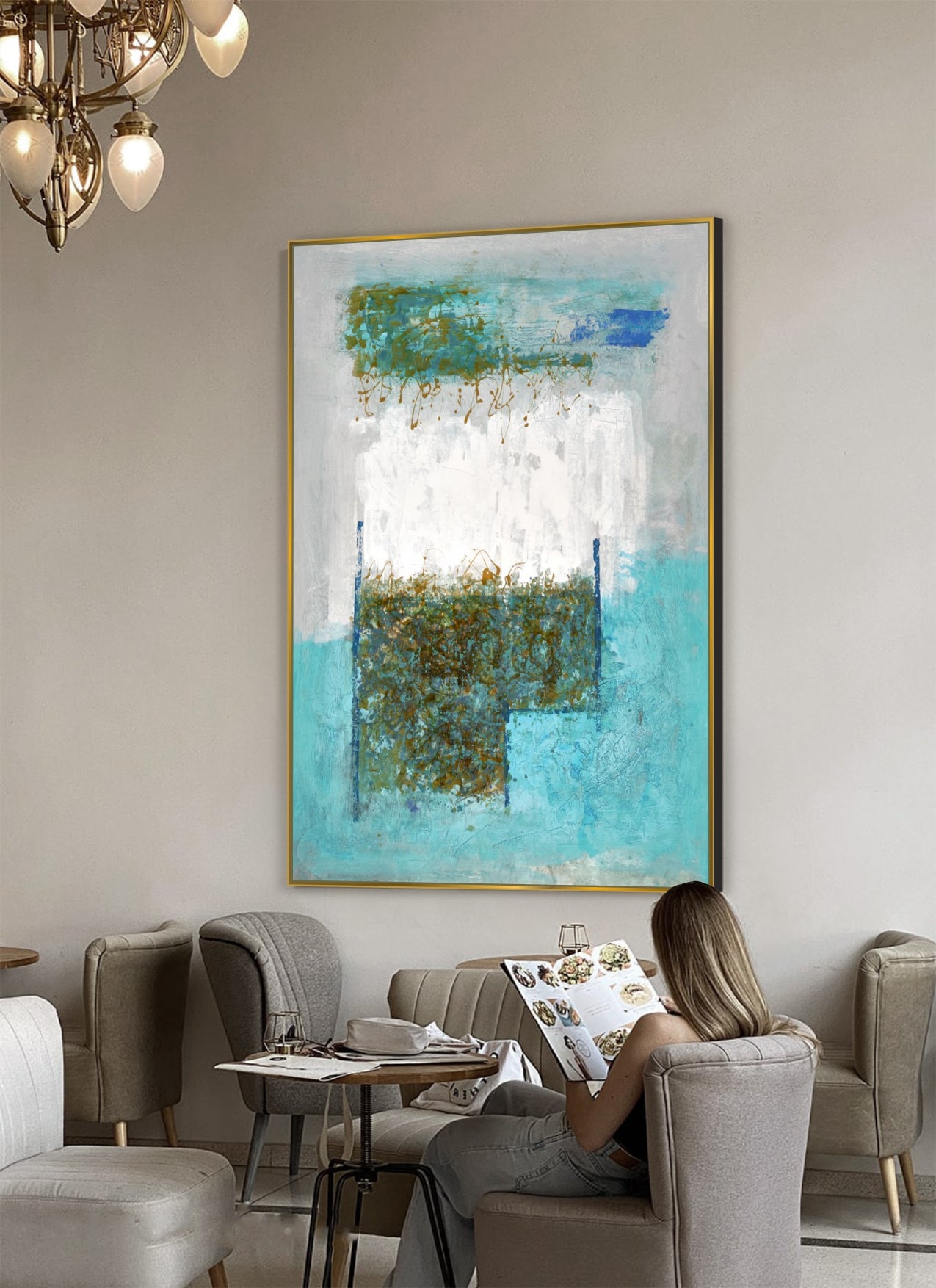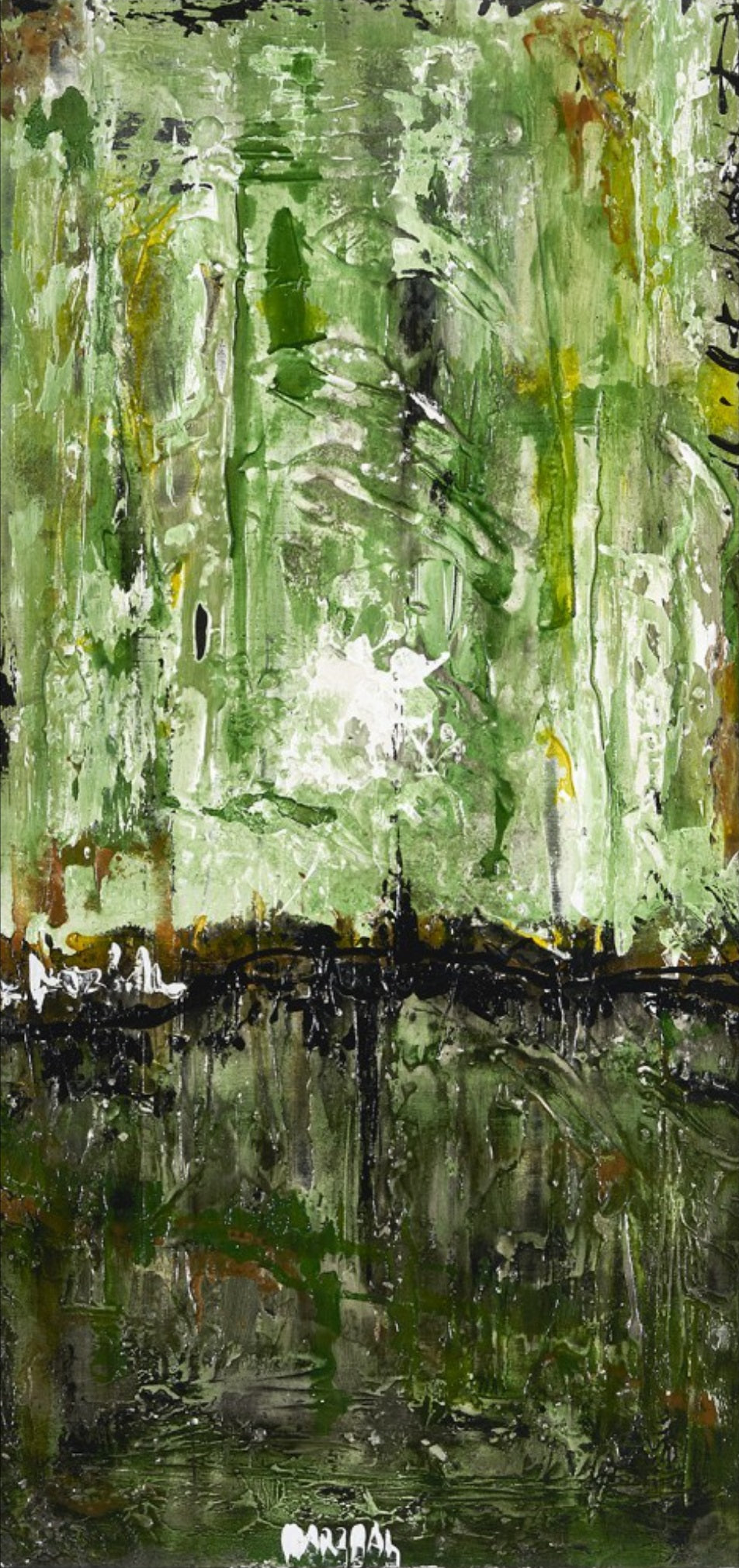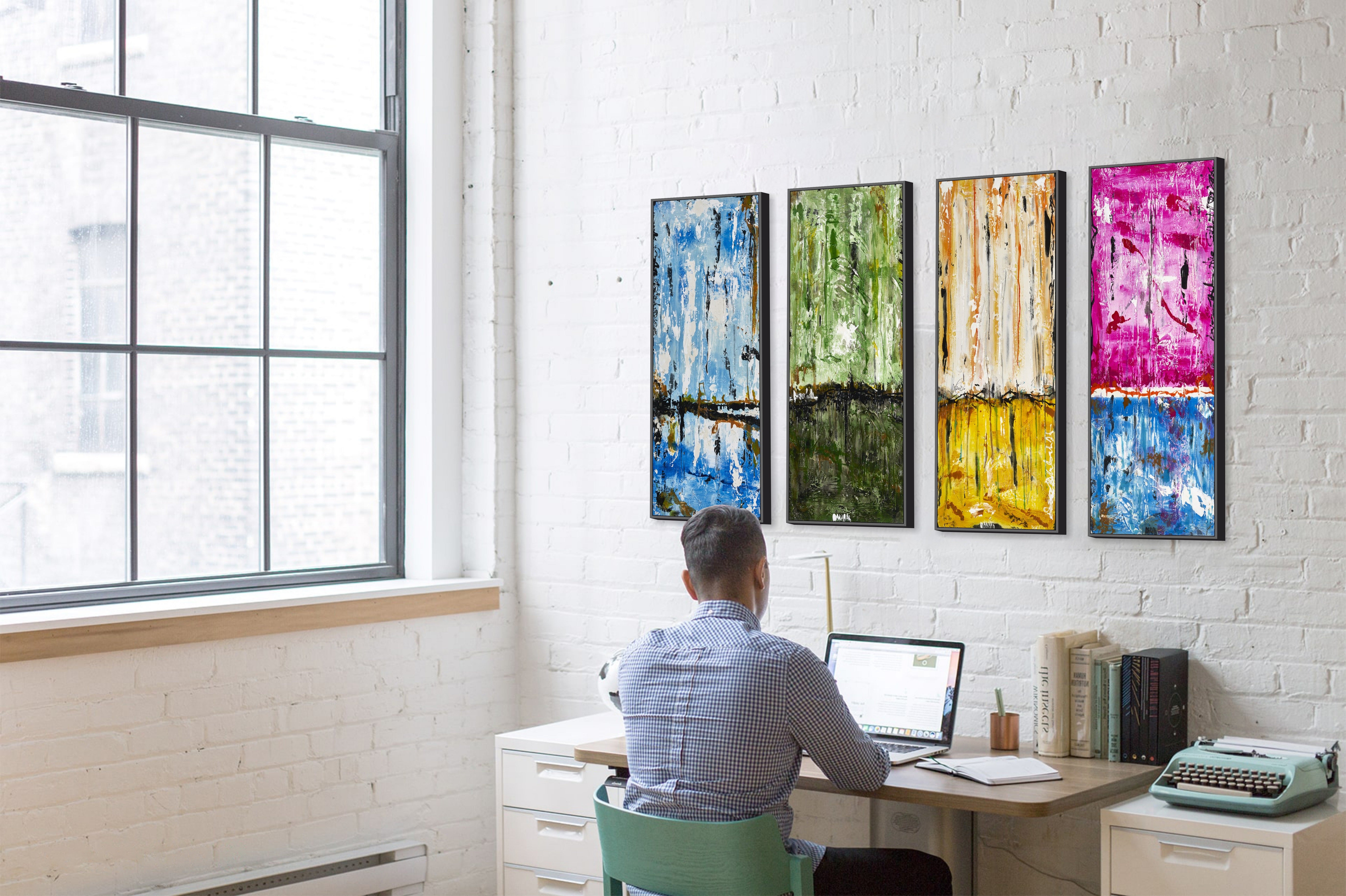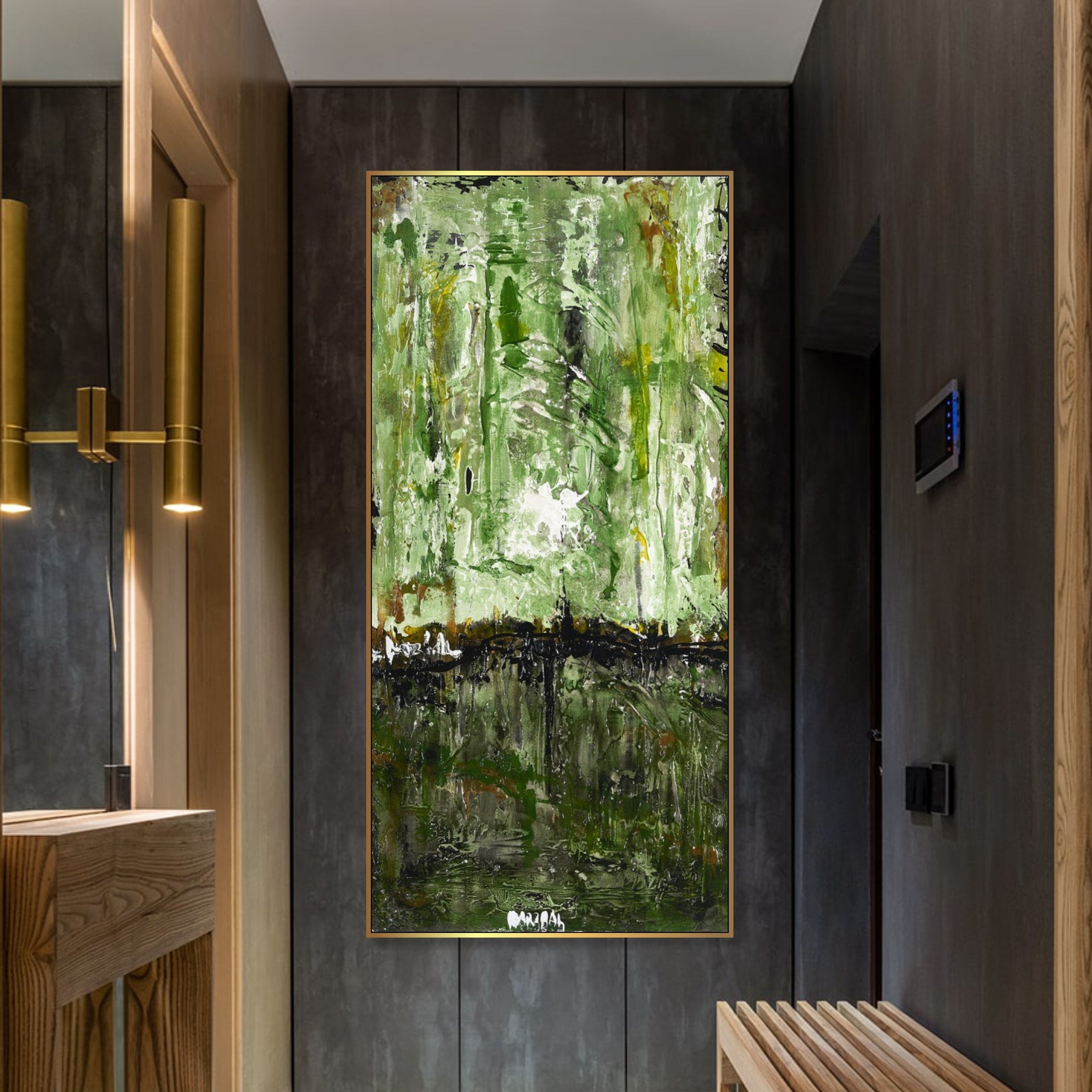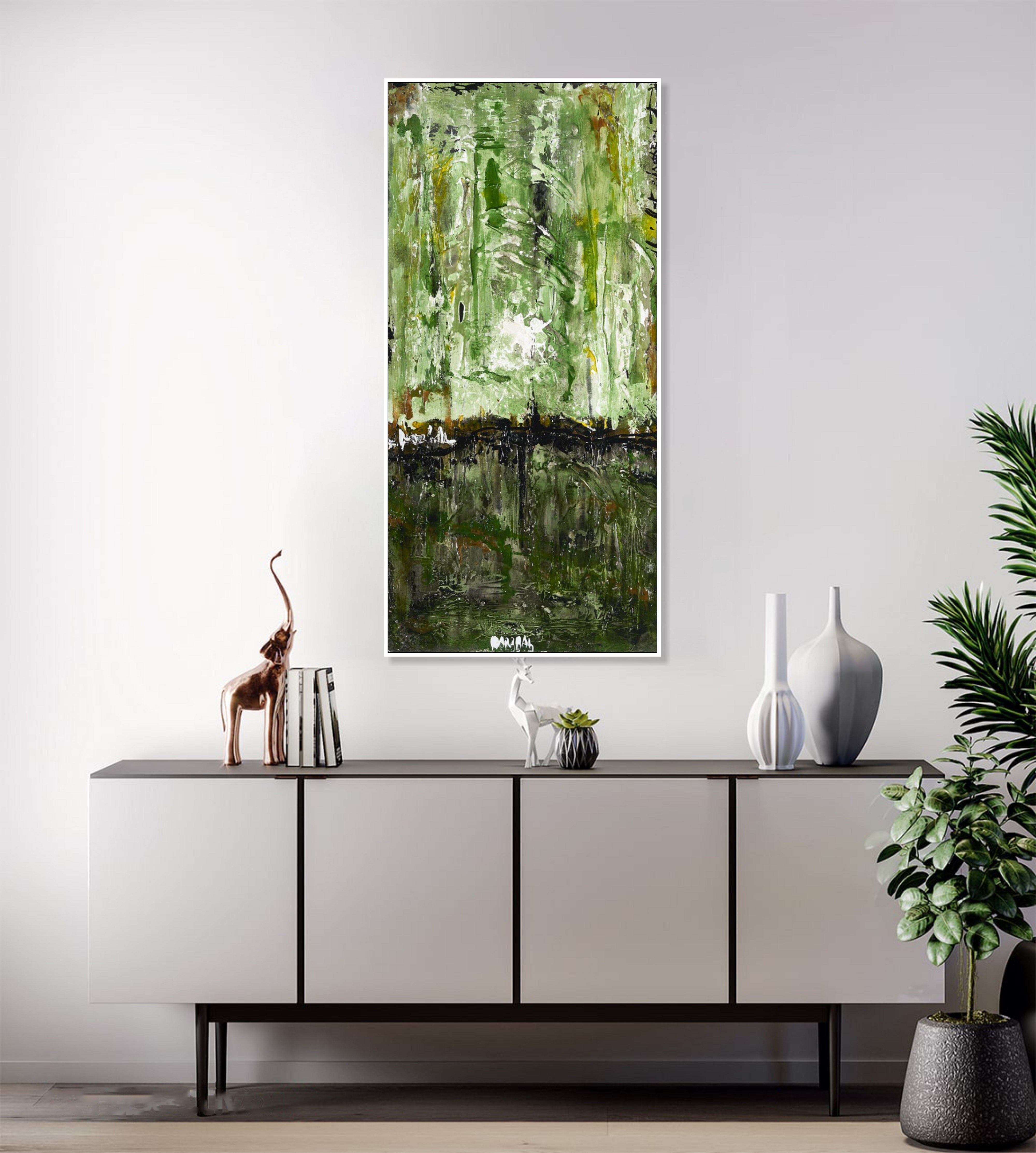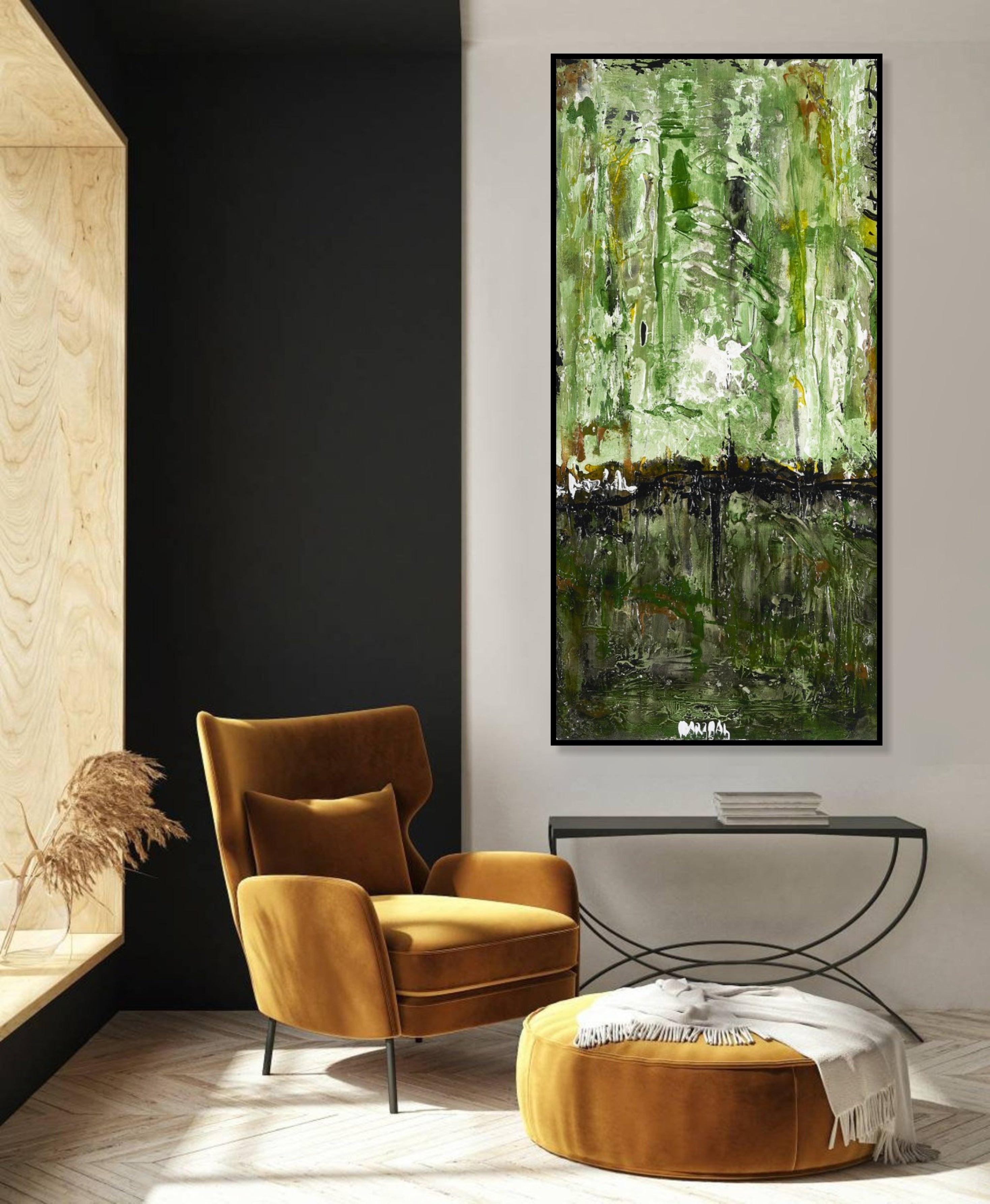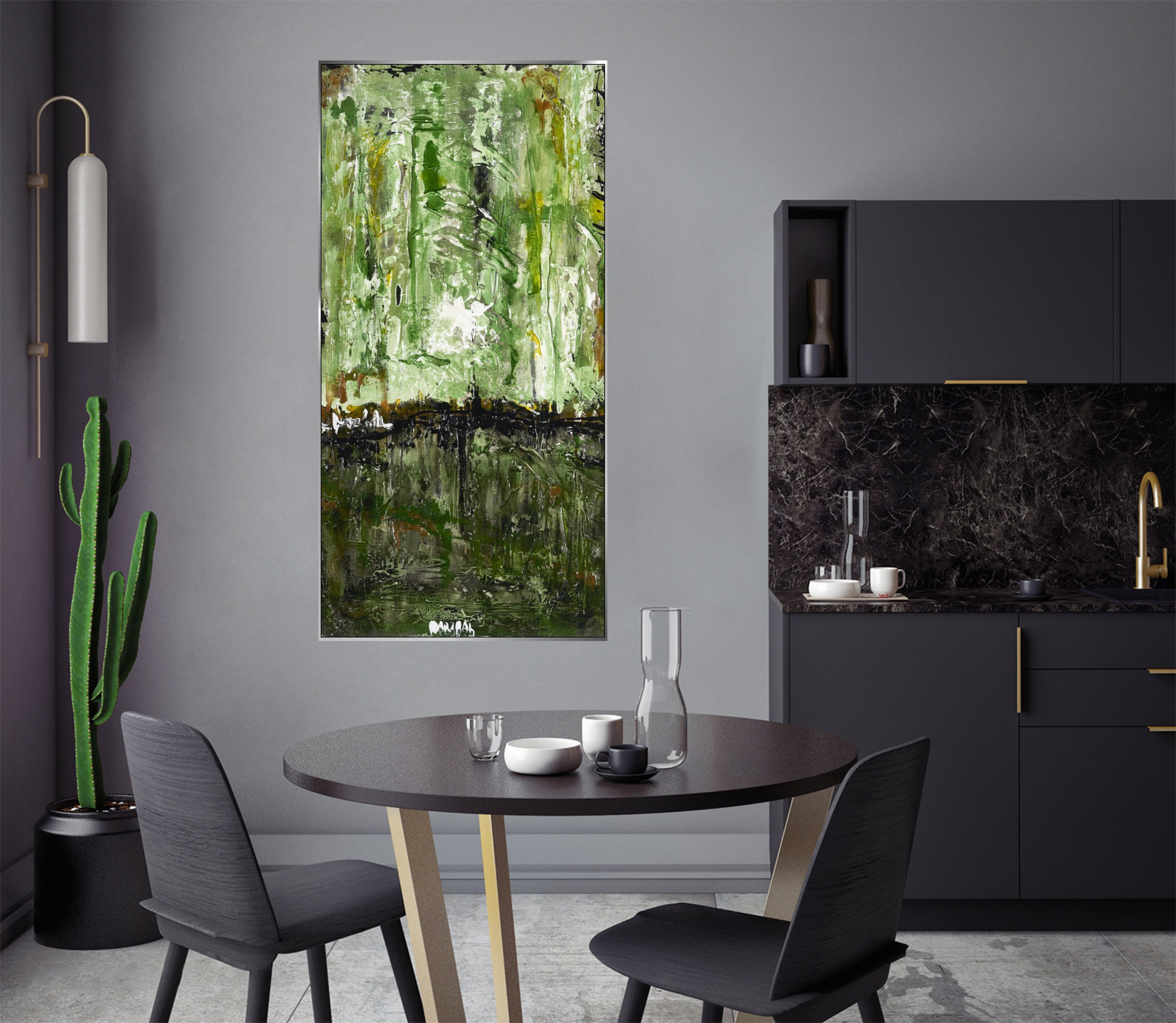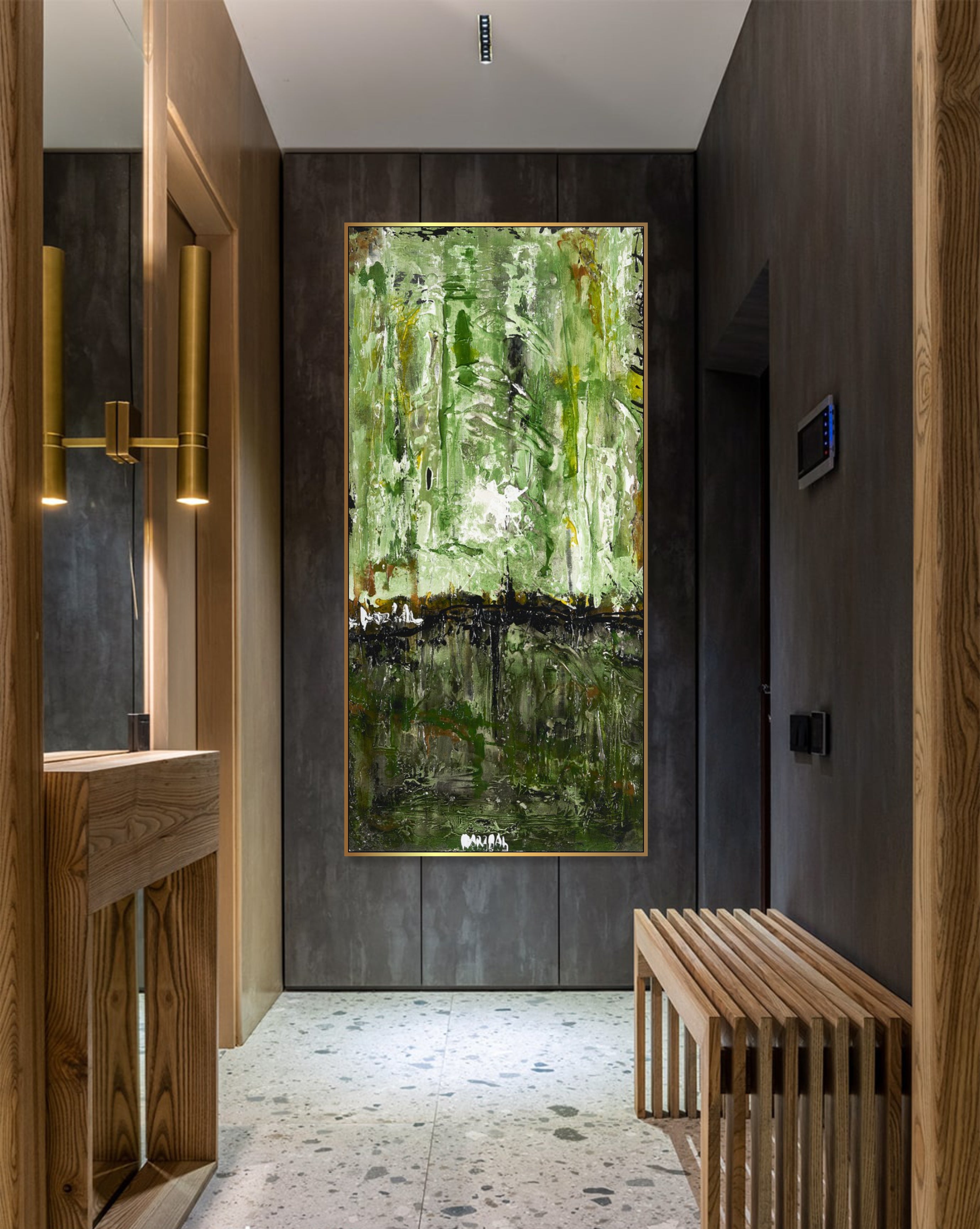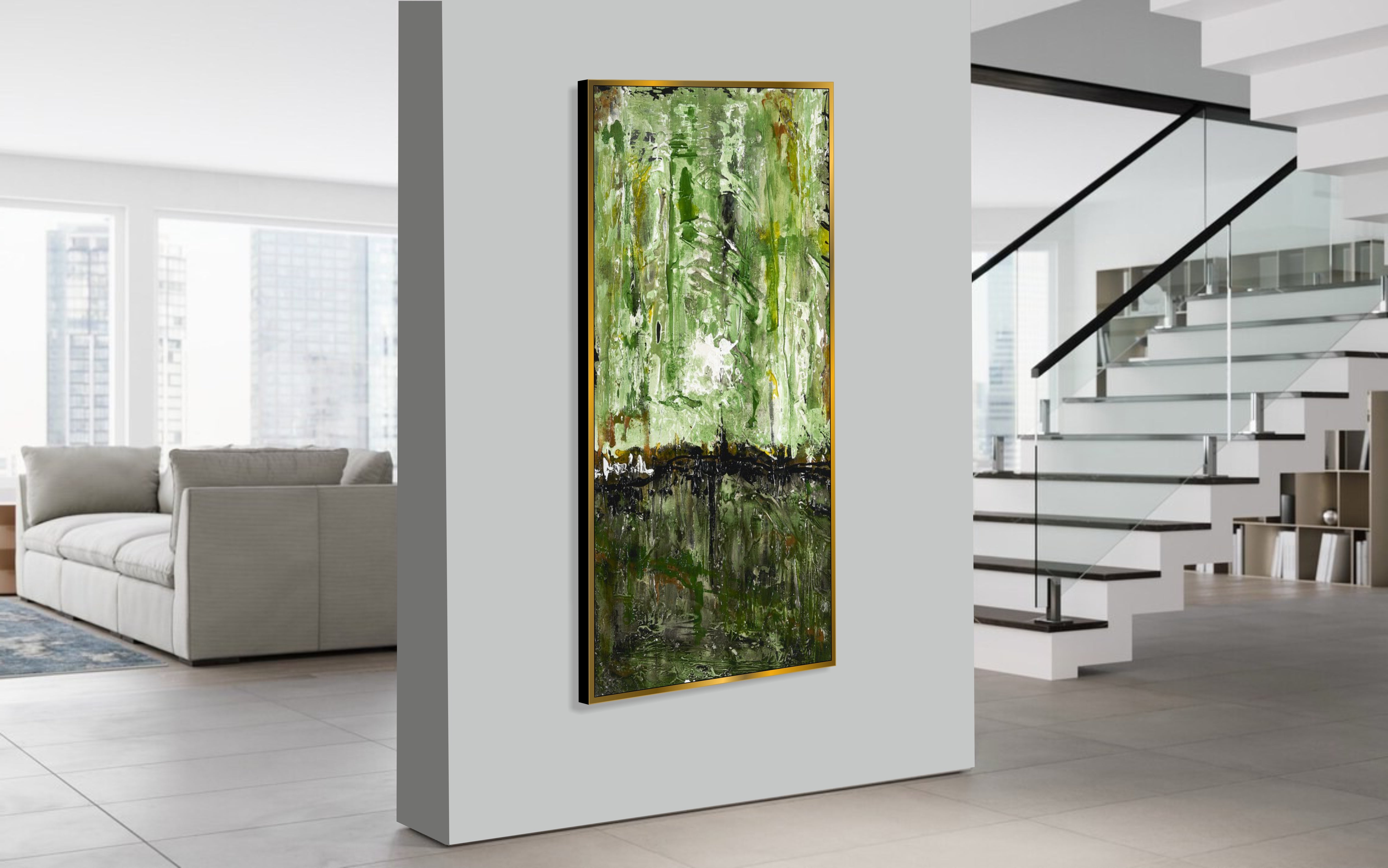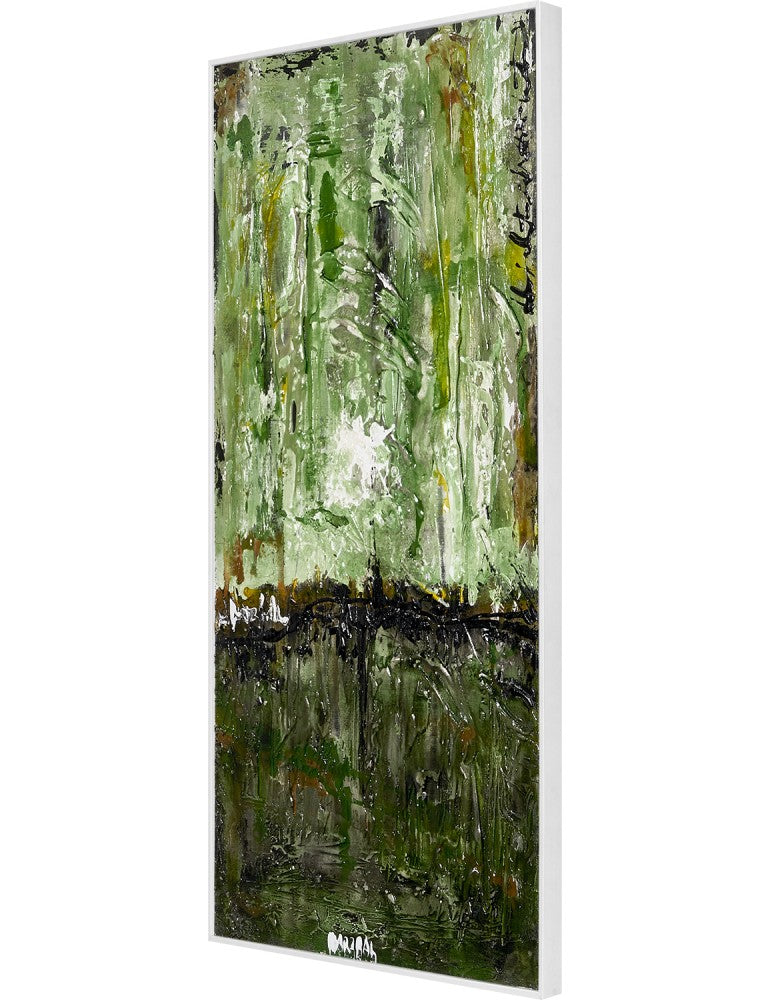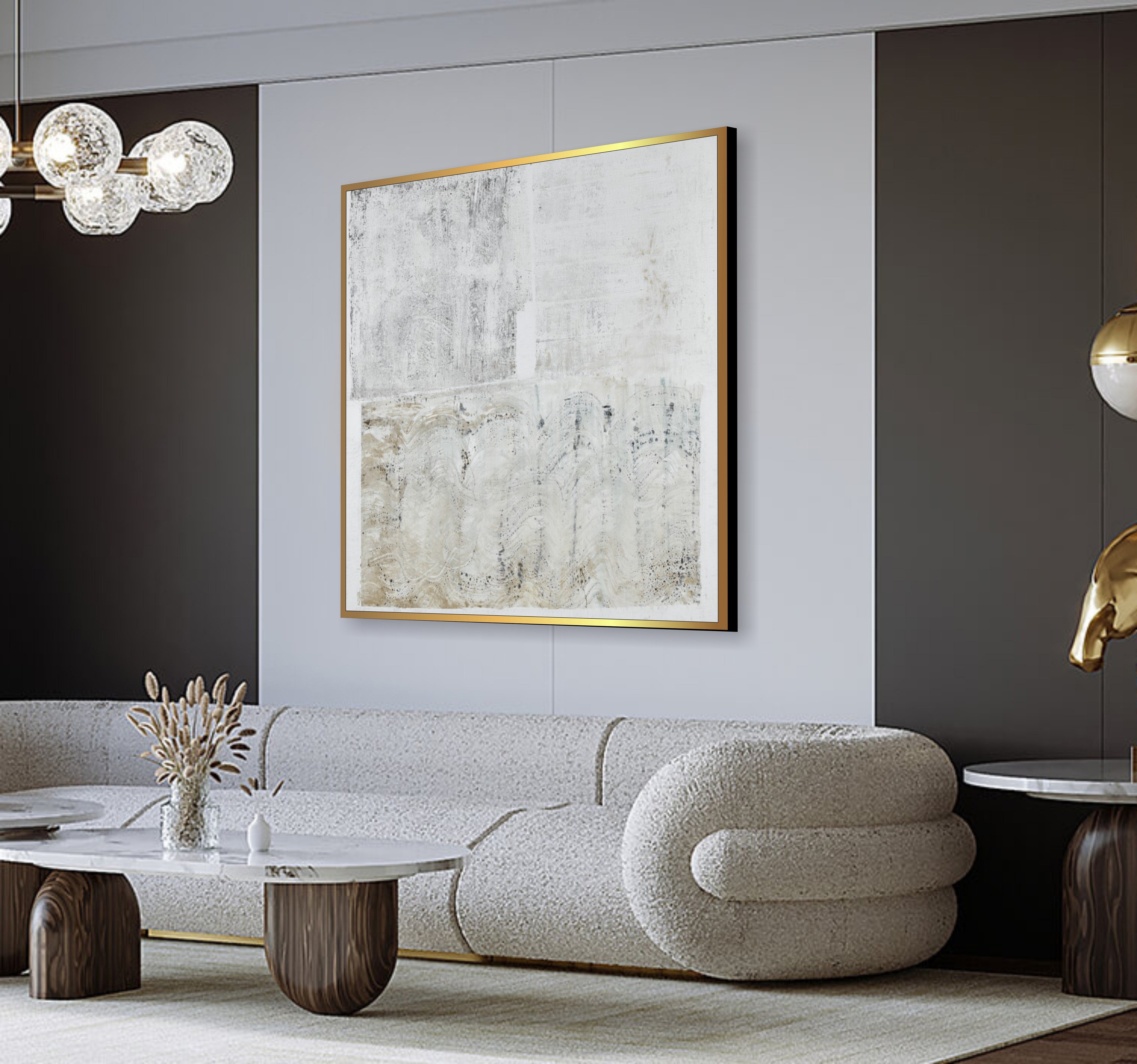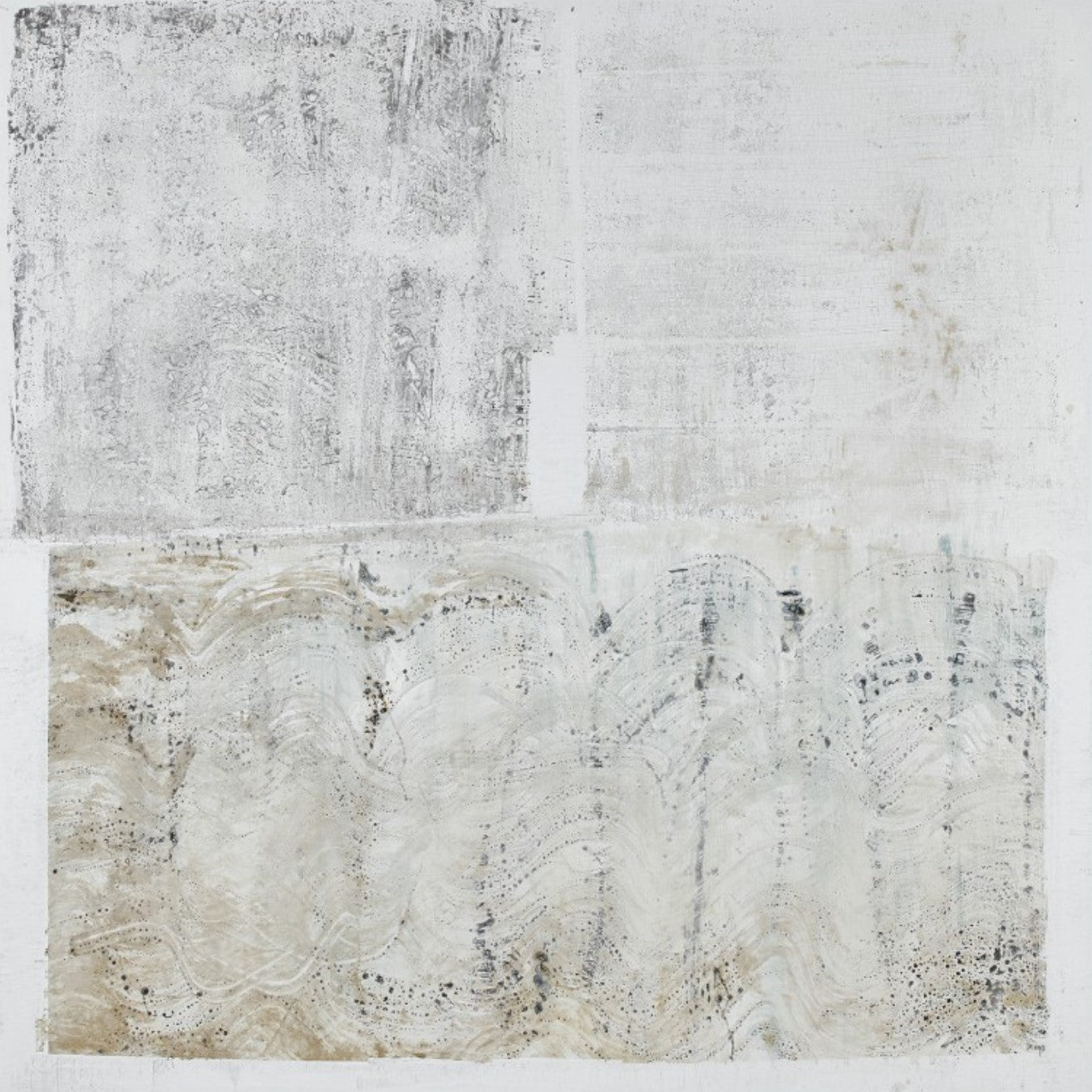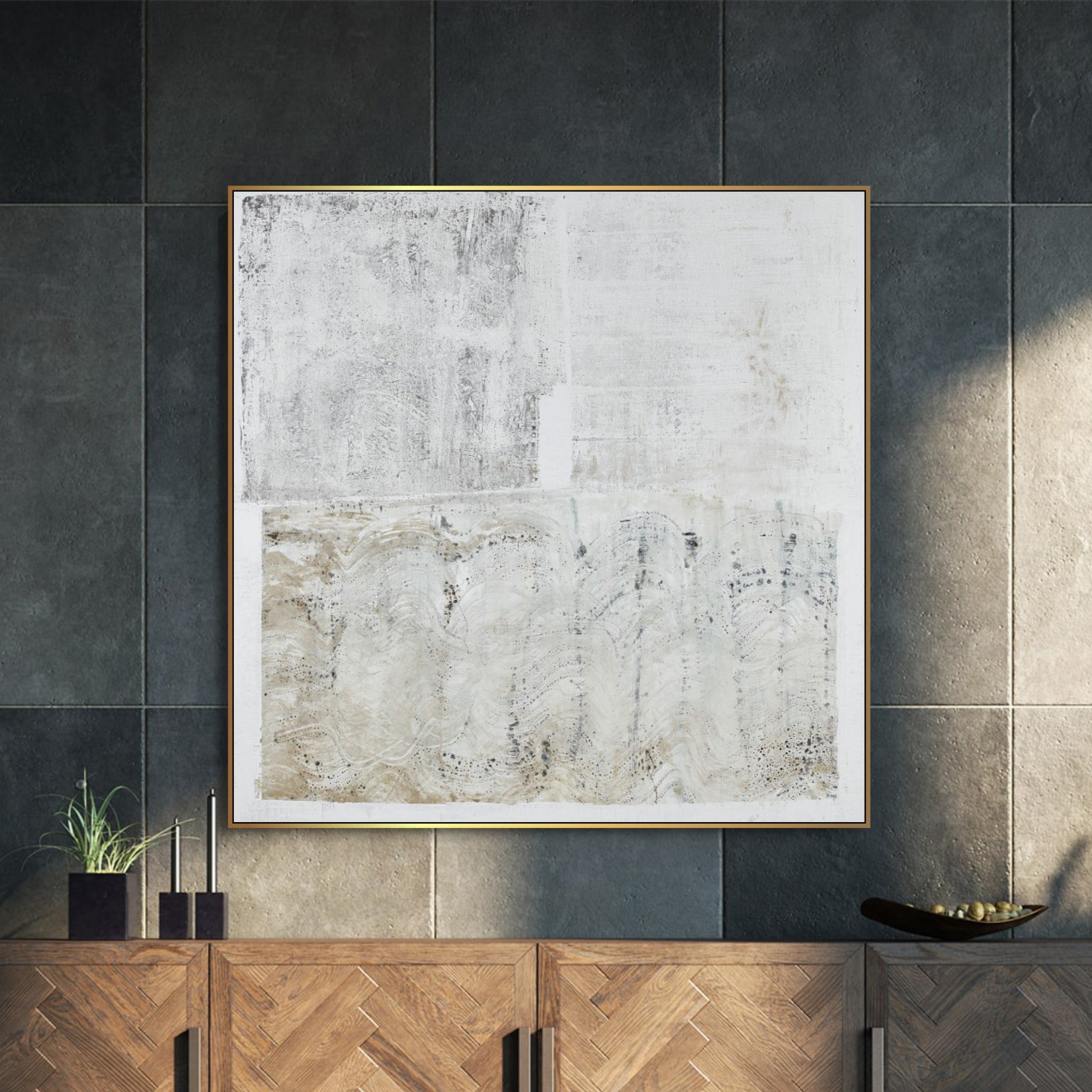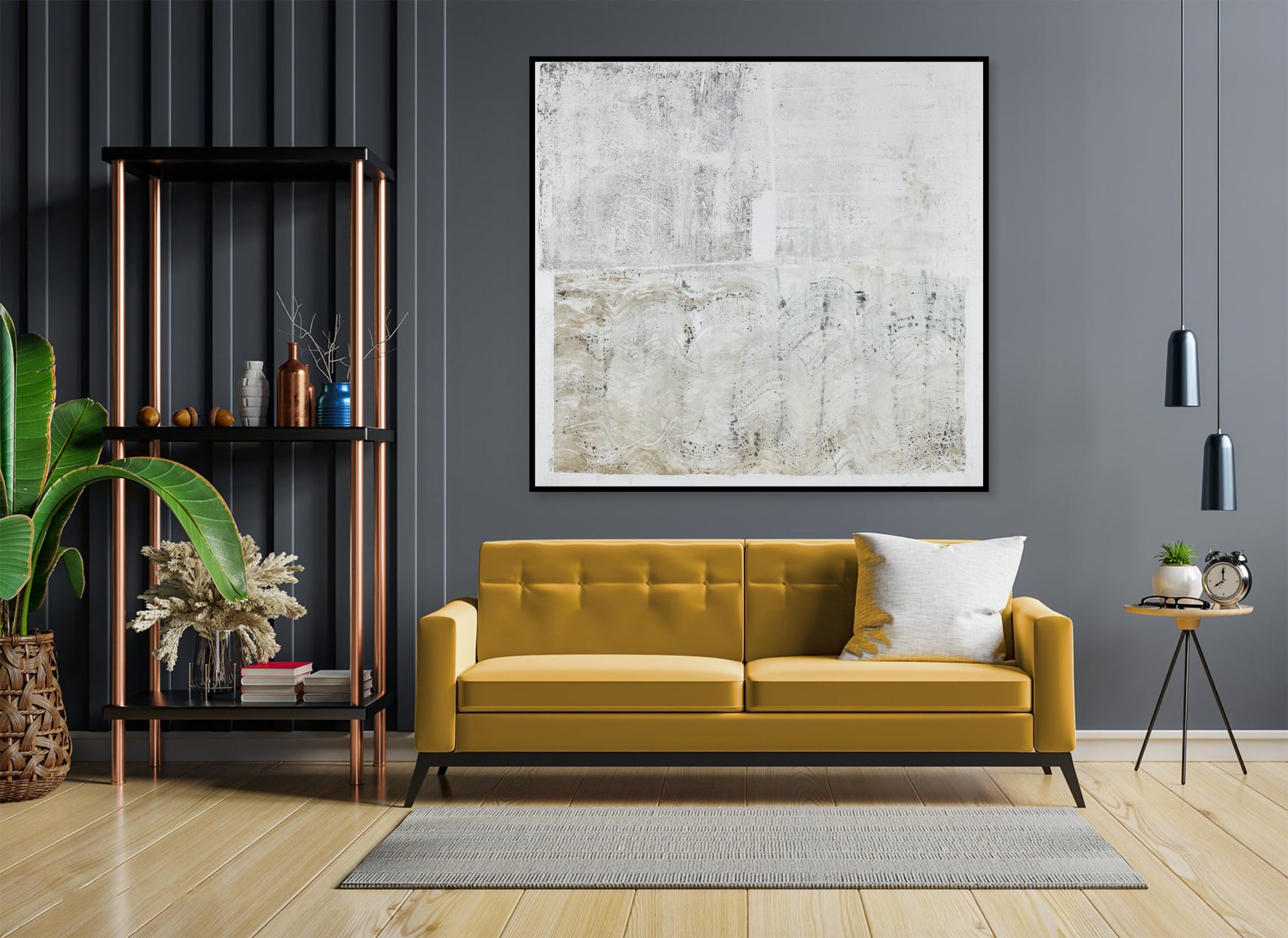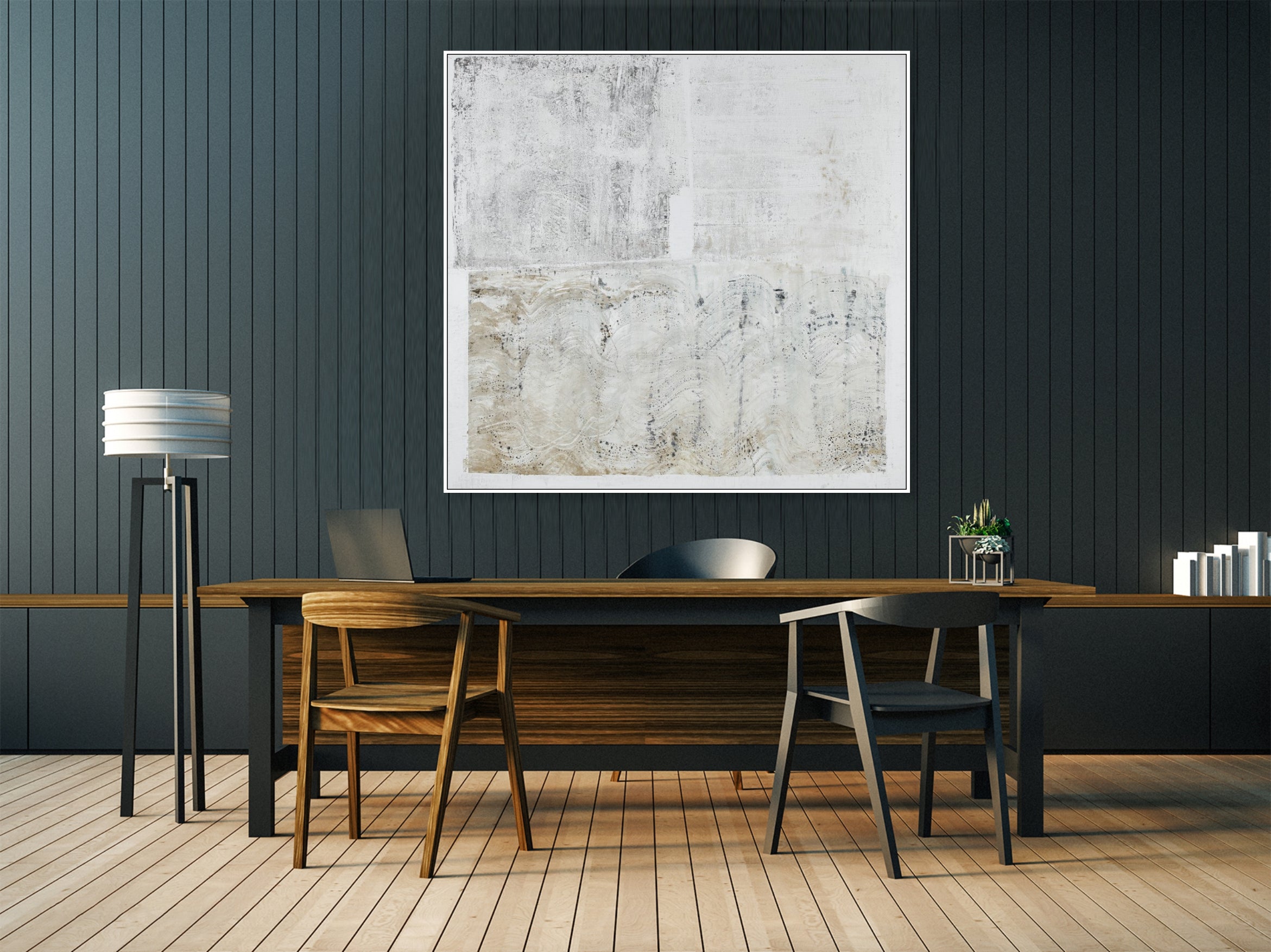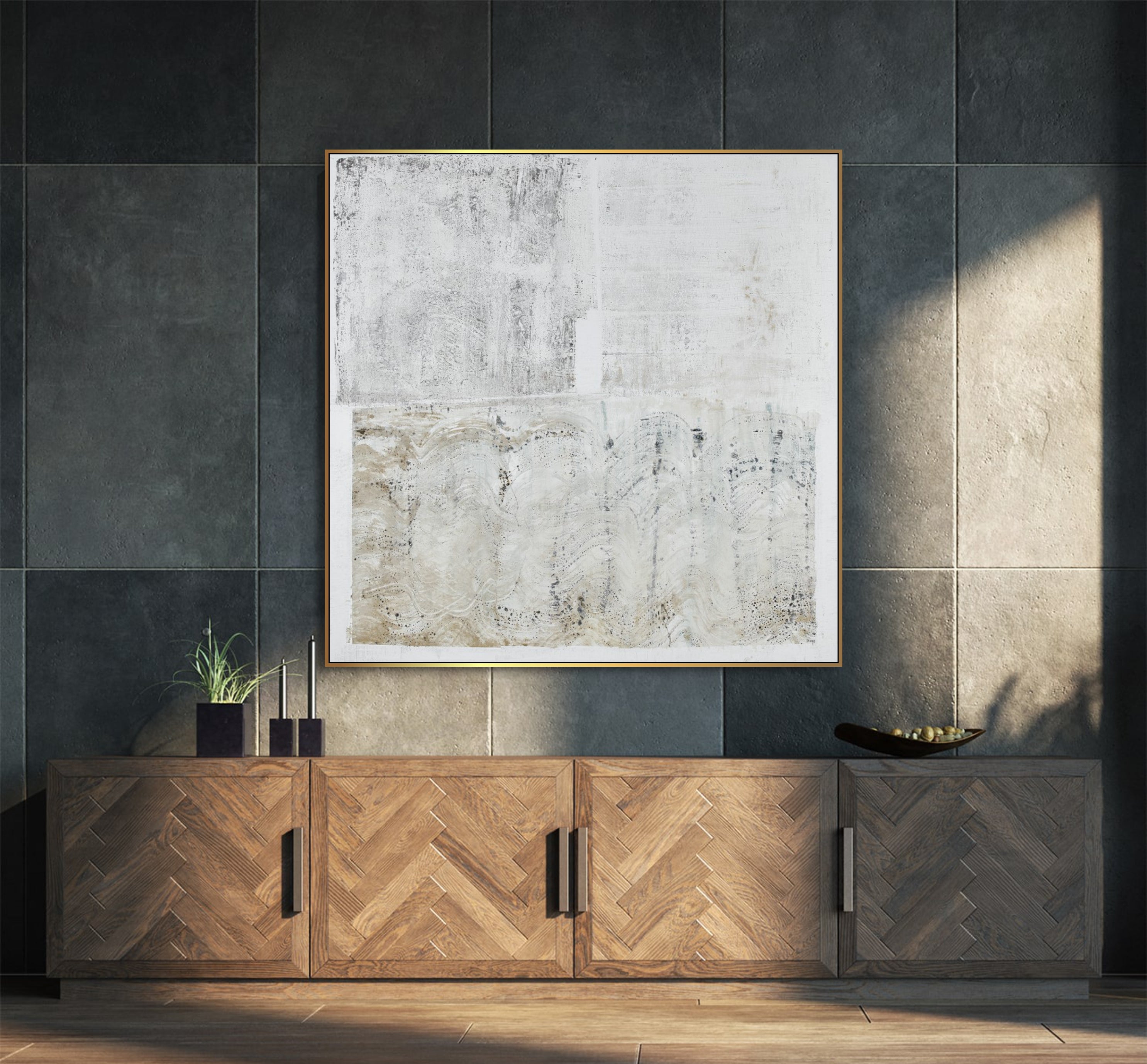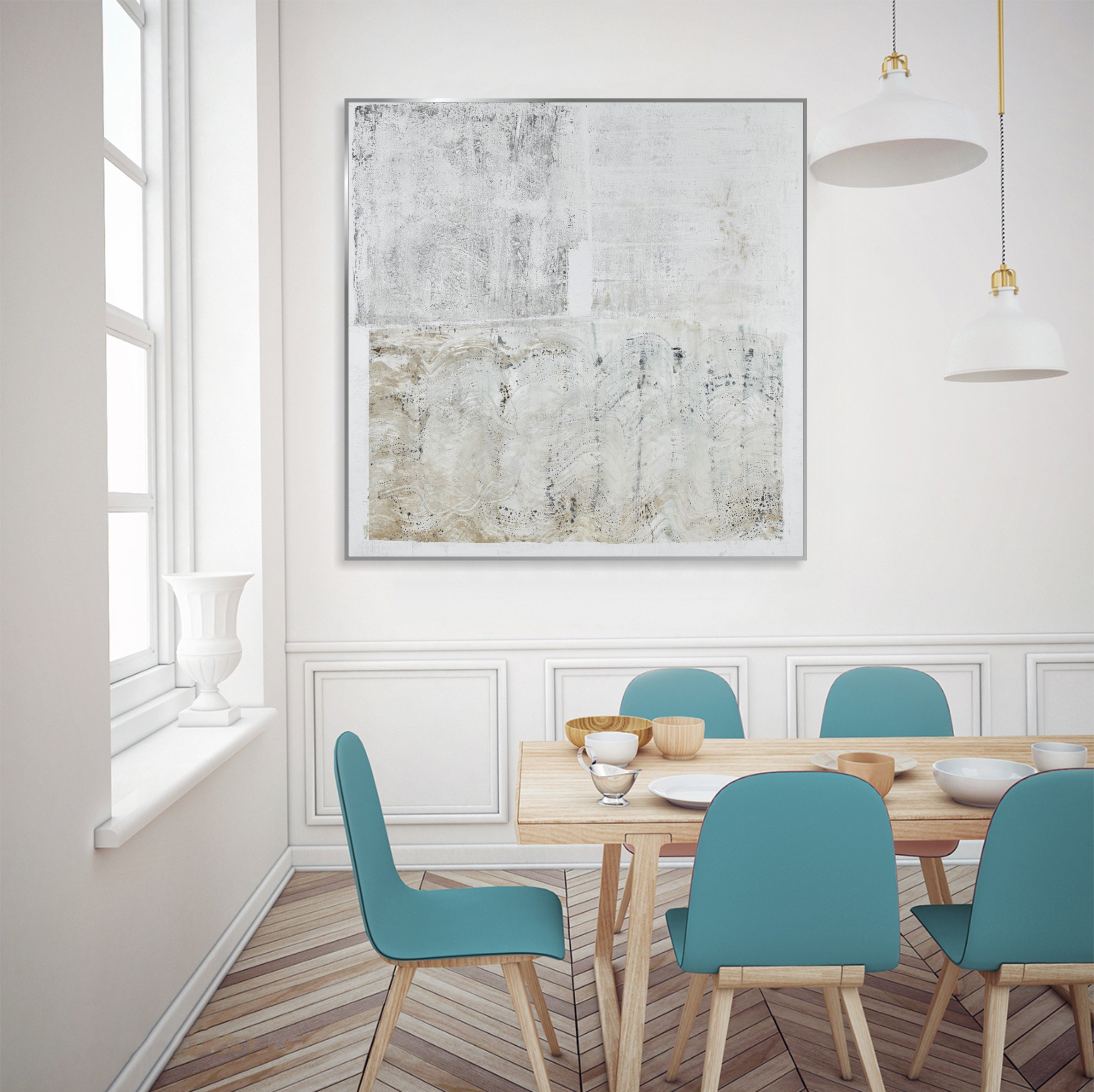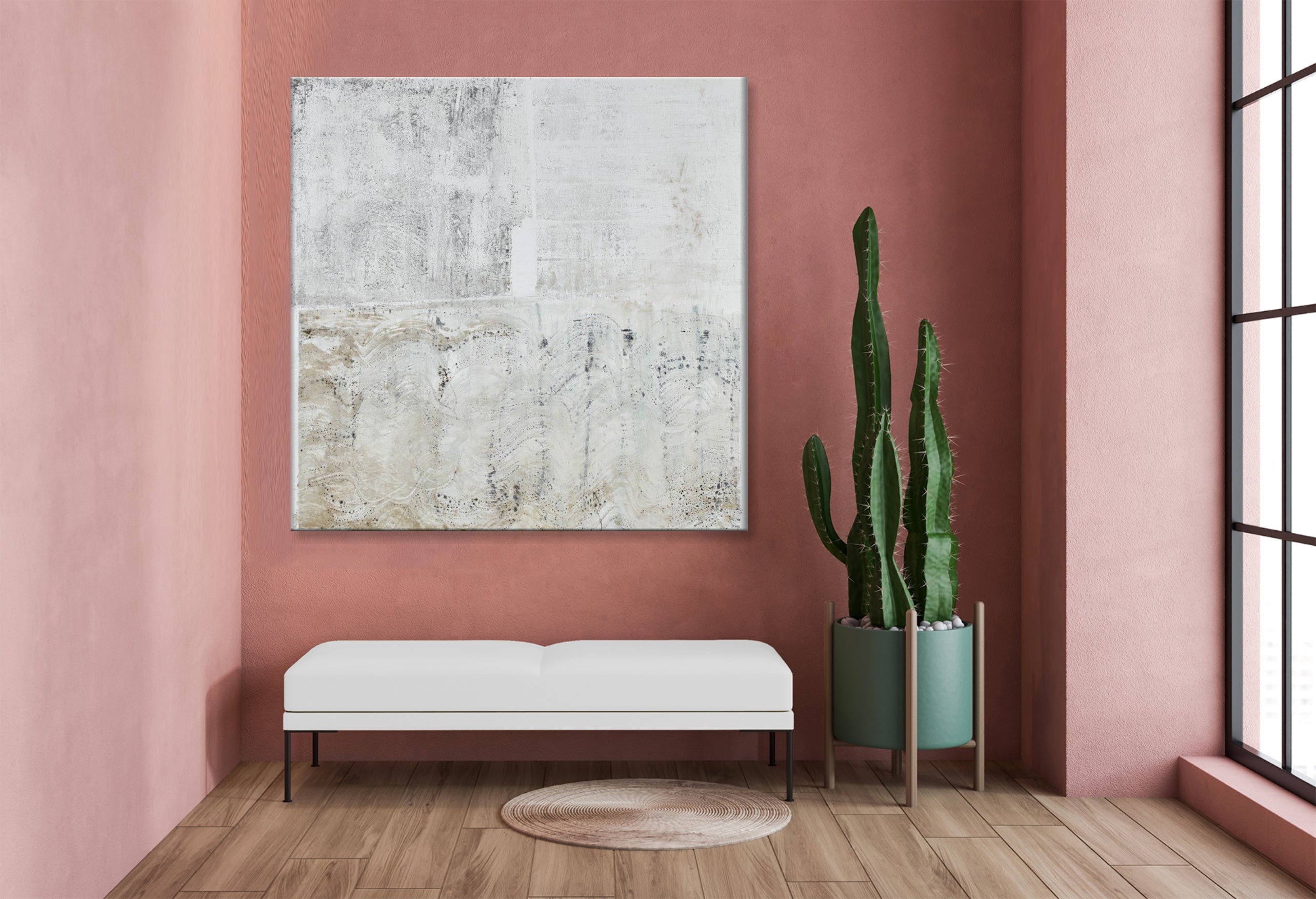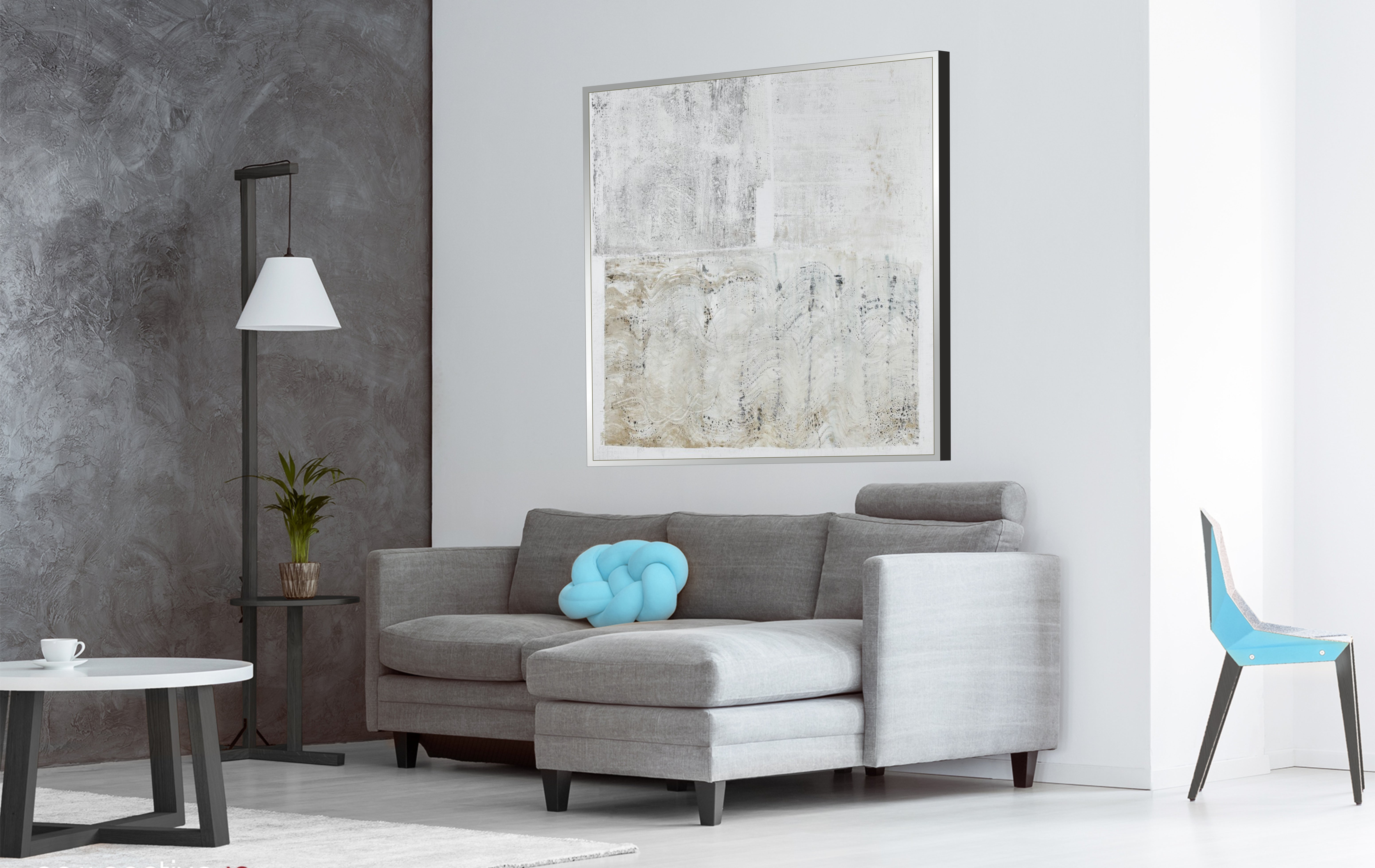The fast pace of modern life makes us appreciate moments of comfort and peace in our home. At the same time, new styles inspired by national cultures of peoples around the world are appearing in interior design. Wabi sabi is one of these trends – a unique style that invites us to a world of simplicity and harmony.
A glimpse into history Wabi Sabi Interior Design
The wabi sabi interior design style appeared in Japan quite recently, although the concept of "wabi sabi" itself originated in the Middle Ages, during the Kamakura era. At that time, militant nobility came to power instead of the aristocracy. Sublimity was replaced by "Spartan" aesthetics. That was also a period of time when Buddhism was developing in Japan, which preaches solitude and detachment from everything earthly.
So, wabi sabi is not just a design, it is a history that goes back to ancient Japan, where every crack in a tea bowl and every unevenness in antique furniture acquired a deep meaning. This style was born in an era when the desire for simplicity and spontaneity was transformed into a philosophy of life.
This trend became the complete opposite of the lush interiors with ostentatious wealth and luxury, characteristic of the European art of that time, which penetrated into Japanese homes.
Wabi sabi philosophy
In its essence, wabi sabi is a type of Japanese minimalism.
For the Japanese, "wabi" is modesty, imperfection, naturalness, loneliness and asceticism. Wabi is the concept of sadness, loneliness, it is the beauty of something that is constantly dying. Such beauty can be felt when you look at an old withered tree.
"Sabi" means naturalness and authenticity, a touch of antiquity. This is the beauty of a thing that has absorbed history. You can feel such beauty in a museum, looking at an old broken vase. In other words, the wabi sabi style is the beauty of imperfection, the art of seeing beauty where everything seems too simple and modest.
These ideas became the basis for the formation of a style that was reflected in art, architecture and, of course, in interior design.
The style initially emerged as part of the tea ceremony, where the emphasis was made on simplicity, naturalness and attention to detail. Over time, these principles began to permeate various aspects of everyday life. They became a symbol of respect for the past, an understanding of time and the natural order of things.
Fundamentals of wabi sabi design style
The main features of wabi sabi in interior design are modesty, naturalness, and incomplete symmetry.
Modesty is manifested in the desire for minimalism. Interiors in this style are not overloaded with decor, they breathe freedom and space. Furniture and accessories emphasize themselves with their functionality and natural appeal.
Naturalness is another important feature of the style. Wabi sabi promotes the use of natural materials such as wood, stone, and cotton. These materials not only give the interior a feeling of warmth and comfort, but also blend harmoniously with the surrounding nature. The art of the style strives to express natural beauty, reflecting the process of aging and change. Therefore, in the interiors you will find elements that look as if they have survived a long time and retain history.
Incomplete symmetry adds uniqueness and originality to the interior. All elements do not strive for perfect balance, which creates the impression of ease and naturalness.
In today's world, where the desire for harmony and peace meets the rhythm of a fast-paced life, wabi sabi provides an opportunity to create a cozy space where the soul can rest from the hustle and bustle. This style is experiencing a surge in popularity because people are looking not only for aesthetics, but also for deep meaning in the world around them. The combination of simplicity, naturalness and ease resonates in the hearts of those who value beauty in simplicity and harmony in naturalness.
What you should know to create a genuine wabi sabi interior
The quantity of elements. Before you start decorating a wabi sabi interior, you need to formulate a basic rule for yourself: reduce the number of elements to a minimum, increase the quality to a maximum. Four or five stylish and durable interior items that evoke warm feelings in you are enough to organize any room. Simplicity and minimalism give the interior lightness and airiness.
Decorative elements are often selected for their functionality and aesthetics. These can include natural stones, handcrafted wooden items, wicker baskets, and textiles with natural patterns. This decor creates an ambience of warmth and coziness.
• Materials. In garnish and decor, it is recommended to completely abandon plastic and give preference to wood, ceramics, stone, glass and natural fabrics. When choosing interior garnish, it is important to be guided by simplicity and naturalness. Natural materials such as wood and stone go well with neutral colors of walls and furniture. Garnishing should emphasize the textures and colors of nature, while maintaining the purity and simplicity of forms.
The secret to wabi sabi coziness is a careful attitude to space through a conscious selection of furniture and decor.
• Colors. The color palette in the wabi sabi style is also dictated by nature itself: sand, beige, muted earth colors, soft gray, soft green shades, as well as light blue and mint accents. These colors create an atmosphere of peace and naturalness. All natural colors and shades that are found far from noisy cities are wabi sabi colors. Choosing light shades for the walls, you create a visual airy space, and natural materials in the decoration add natural energy to the interior.
• Textures. Textures in the interior are characterized not only by naturalness, but also by aesthetic roughness. A visually rough, untreated surface is emphasized by a unique flaw: a crack, chip or abrasion.
Wall finishing is bare plaster, cold concrete or dripping paint.
Tables and chair structures are made of solid oak with a thin layer of transparent varnish. Alternatively, artificially aged or charred.
Metal elements are of brass or copper, possibly with rust.
Upholstery and textile design are rough fabrics with uneven weaving and natural composition. For example, linen, matting, boucle, wool, cotton.
Wabi sabi in the living room
The living room in the wabi sabi style has an open layout. All furniture should be as ergonomic, modest and unobtrusive as possible. Decor items are also taken from nature - these are products made of untreated stone and wood, which look as natural as possible.
In Trend Gallery, we can offer a wide range of various statues made of wood and stones, which have a stunning unique design:
Wabi sabi in the bedroom
A wabi sabi bedroom is a place of rest and unity with oneself. The main piece of furniture here will be the bed. It is better to arrange a separate dressing room for things and not clutter the bedroom with wardrobes.
An abstract painting from Trend Gallery can become a perfect supplement to a wabi sabi bedroom:





















